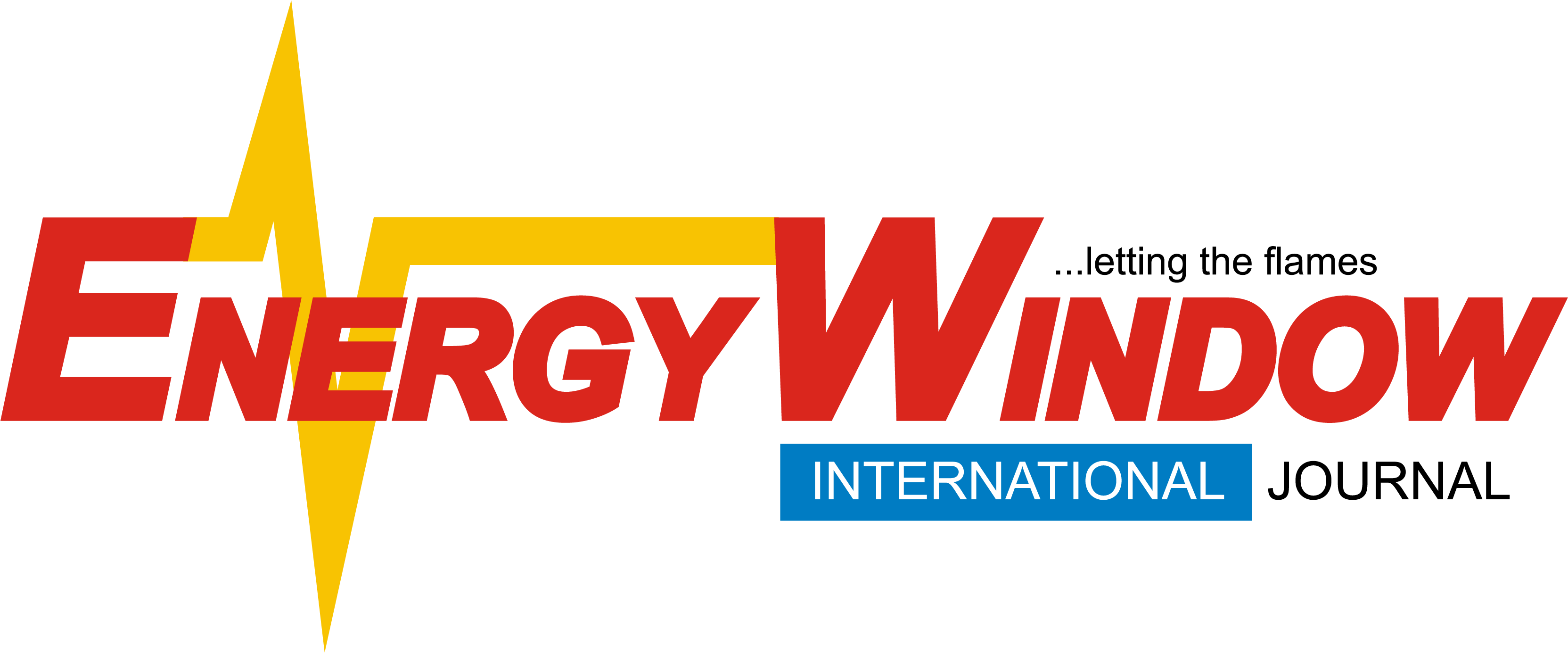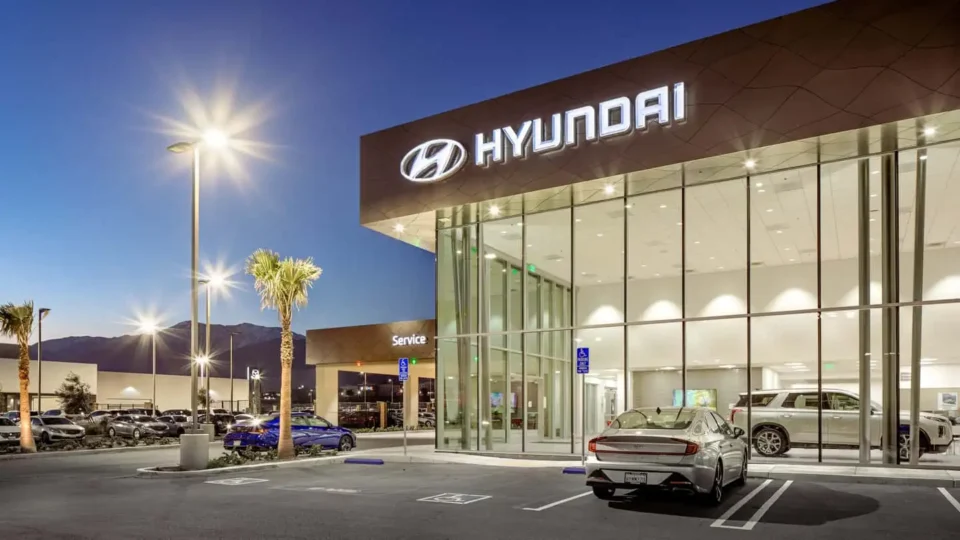f you had to ask me which vehicle manufacturers really stepped up their EV sales this year, I’d have to give it to Hyundai and Kia. Both brands saw stellar results in the first half of 2024 and with some huge industry incentives, it’s no surprise why some buyers are flocking to the South Korean marques. So can they keep up that momentum in the second half of this year?
Welcome back to Critical Materials, your daily roundup for all things EV and automotive tech. Today, we’re chatting about Hyundai’s word of warning regarding sales in the second half of the year, its battle with one dealer group that is claiming inflated sales figures, as well as Honda and Sony’s plan to share an EV platform. Let’s jump in.
Hyundai and Kia both had a fantastic first half of 2024. Between cash on the hood and insane lease deals, your wallet would practically scream at you if you were considering buying anything else.
That being said, Hyundai knows that it’s going to have to put in the work to remain on top during the remainder of the year as competition in the EV market begins to really heat up.
In an interview with Automotive News Hyundai CEO Randy Parker spoke about the Korean automaker’s outlook on the year, and who it really sees as its big competition moving forward:
We feel pretty bullish about the second half, but it’s going to be tough.
We’ve seen a lot of price cuts by our key competitors. Tesla, Ford and Nissan have cut prices this year, and we still have to deal with the consumer fears: affordability, range anxiety and charging infrastructure.
Price is important, sure. So is consumer education. But one thing that Parker didn’t exactly touch on is how Hyundai will defend against new products coming to market in the second half of the year, as well as how it plans to stack up against vehicles already launched with improving production numbers. The Hyundai Ioniq 9 may help, but that’s a ways off here.
S&P Global Mobility analyst Stephanie Brinley says that Hyundai’s best chance at a solid defense is also its greatest offense: a strong EV offering.
The automaker has positioned itself as a leader in the EV space, presenting the market with unique EVs that have really caught the public eye—including that of The Grand Tour and former Top Gear host, Jeremy Clarkson. Now, once it gets its Georgia “Metaplant” online, its vehicles should qualify for the EV tax credit. And if that happens, there’s no telling how much market space the automaker can gobble up.
Hyundai and Kia both had a fantastic first half of 2024. Between cash on the hood and insane lease deals, your wallet would practically scream at you if you were considering buying anything else.
That being said, Hyundai knows that it’s going to have to put in the work to remain on top during the remainder of the year as competition in the EV market begins to really heat up.
In an interview with Automotive News Hyundai CEO Randy Parker spoke about the Korean automaker’s outlook on the year, and who it really sees as its big competition moving forward:
We feel pretty bullish about the second half, but it’s going to be tough.
We’ve seen a lot of price cuts by our key competitors. Tesla, Ford and Nissan have cut prices this year, and we still have to deal with the consumer fears: affordability, range anxiety and charging infrastructure.
Price is important, sure. So is consumer education. But one thing that Parker didn’t exactly touch on is how Hyundai will defend against new products coming to market in the second half of the year, as well as how it plans to stack up against vehicles already launched with improving production numbers. The Hyundai Ioniq 9 may help, but that’s a ways off here.
S&P Global Mobility analyst Stephanie Brinley says that Hyundai’s best chance at a solid defense is also its greatest offense: a strong EV offering.
The automaker has positioned itself as a leader in the EV space, presenting the market with unique EVs that have really caught the public eye—including that of The Grand Tour and former Top Gear host, Jeremy Clarkson. Now, once it gets its Georgia “Metaplant” online, its vehicles should qualify for the EV tax credit. And if that happens, there’s no telling how much market space the automaker can gobble up.
From the complaint:
Punching Dealers not only have artificially lower PEP objectives, they also receive better allocation with which to meet those lower objectives and benefit from the PEP price discounts to increase sales. The result is that Punching Dealers are able to more easily obtain the PEP price discounts due to [Hyundai’s] punching scheme.
Siphoning off Hyundai’s best-selling models to Punching Dealers not only makes it easier for them to obtain bonus money through PEP, it also leaves innocent dealers with a model mix of vehicles which are less likely to sell, leaving them to compete for bonus money on an unlevel playing field.
One of the named plaintiffs in the lawsuit said that when they failed to “play ball,” they were punished by only receiving allocations of slow-selling vehicles. The suit also claims that those not on board would be denied wholesale pricing discounts, allocations, and retain price discounts. The lawsuit claims this ultimately caused harm to the affected dealerships and the public buying the cars from them.
The scheme is said to have been promoted by Hyundai’s middle management. In a call transcript attached to the suit, a District Sales Manager allegedly said he was “tasked” with getting dealers to increase the number of vehicles in the SRC program because he was “up against a number.”
“Desperate times call for desperate measures,” said the district sales manager, according to the lawsuit. He later continued: “We gotta hit a number for the press and for the Koreans.”
It’s no secret that Honda and Sony are working very closely together to make the consumer electronics giant’s dreams come true with the Afeela EV brand. Some technology sharing is expected, as is the potential sharing of foundational underpinnings. A new report by Nikkei claims to reveal exactly which platform will be shared by the brands.
That feels like the obvious plan of action, but until now, both brands were mum on what EV platform the Sony project would use.
According to the report, Afeela vehicles will share the underlying platform with Honda’s upcoming line of futuristic-looking EVs, dubbed Honda 0. The sharing of such a low-level structure and its associated components will help both brands cut down on costs, making them both relevant and affordable in a market where cost is currently the key to driving adoption.
From Nikkei:
Honda Motor and Sony Group will use a common platform to manufacture electric vehicles, as the Japanese partners look to reduce the cost of development.
The common platform will be found in Honda’s 0 Series EVs, as well as electric vehicles to be sold under Afeela, a brand controlled by the joint venture Sony Honda Mobility. The EVs first will be released in North America in 2026.
Honda and Sony are prioritizing lower costs and shorter development times in response to the emerging cost competitiveness among Chinese EV manufacturers. Even longtime global leader Tesla is experiencing slower sales in the current environment.
Nikkei expects that Honda will price mass-market models of the 0 series EVs around $40,000. Prior reports have pegged Afeela with a starting price of around $45,000, though later reports from Nikkei suggested pricing of around 10 million yen, or north of $62,000 USD. Afeela is designated as a high-end brand, though it’s expected to use the same platform as the mass-market vehicles in Honda’s 0 series. Sony says that Afeela will set itself apart by offering unique in-vehicle experiences, like the ability to remotely connect to the owner’s PlayStation.
Afeela is slated to launch its first car in 2026 with a sedan based on its Vision concept. Shortly after, it anticipates including an SUV and a second sedan.
People jokingly call EVs appliances, but when we see off-the-shelf electronic makers like Sony and Xiaomi dip their toes into the EV waters, others may do the same.
Now, sure, building a car isn’t easy. After all, Apple called it quits and we’ve seen just how hard it can be to start a new car company from the ground up. But when a company like Sony can partner with an OEM like Honda that already has an established dealer, parts, and service network, it seems like that feat becomes significantly easier.

